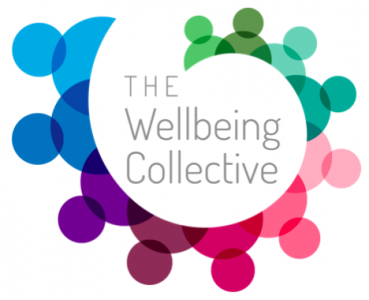During Pride month, Joan (Co-Founder of The Wellbeing Collective) would like to share her lived experience of being LGBTQ through the years, from the 1970s to now. She shares her story and personal reflections of how things have changed across her life.
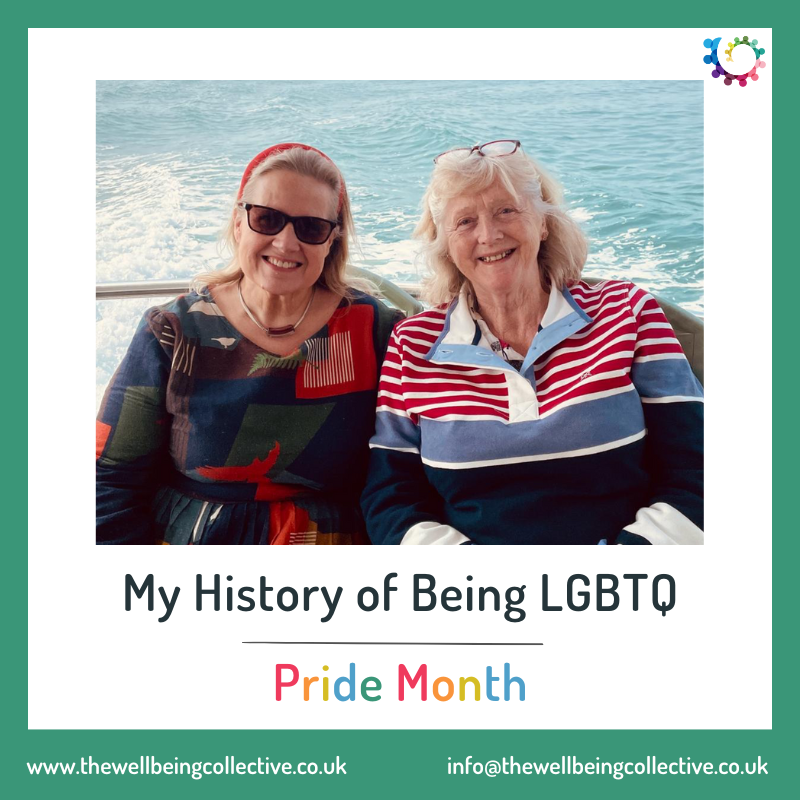

- The 1970s were a strange and unfamiliar time being a teenager and coming out. There was no one in my school or at work who was like me and the pressure to conform was like a dead weight. I was sent to a psychiatrist for my ‘condition’, who tried to explain to my distraught parents that there was nothing actually wrong with me.
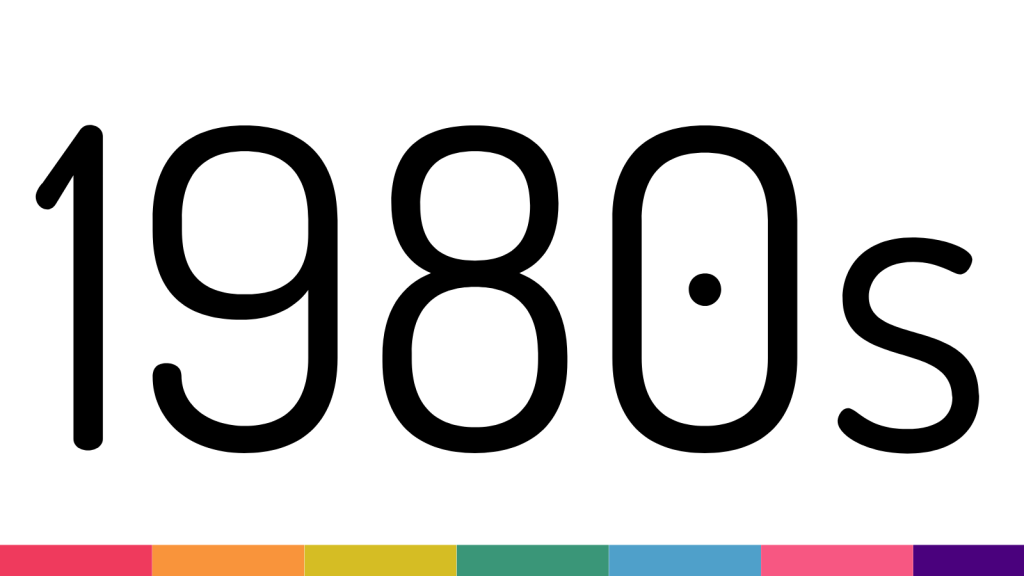
- Being out in the 80s was exciting and terrifying – it was always under the threat of illness, death, stigma and ongoing social exclusion. Even in my own community, the pressure to be “butch” or “femme” in one way or another hung like a weight around my neck. What are you? Which are you? You need to choose and make it clear!
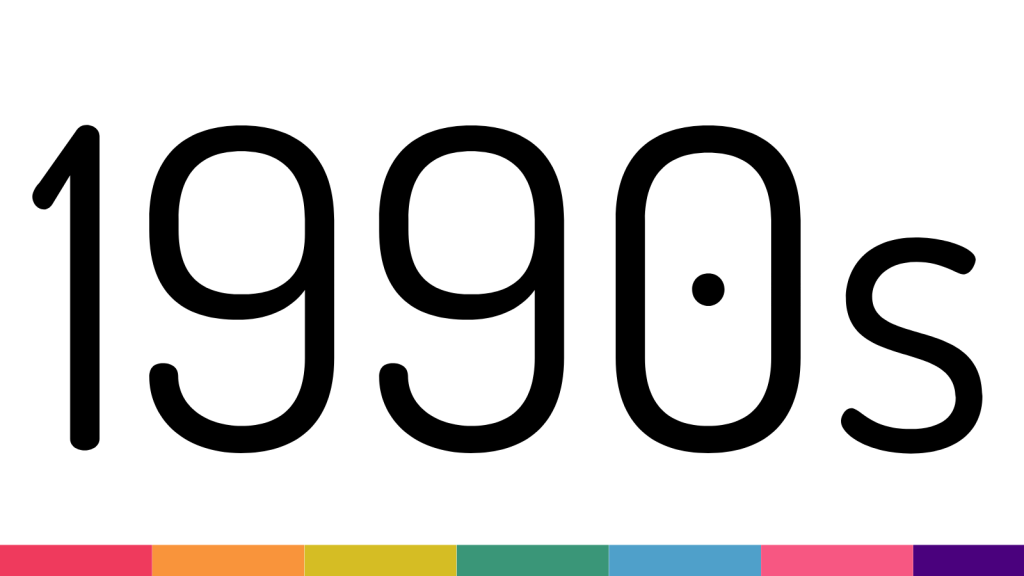
- The 1990s saw the advent of some more fun, freedom and social awakening. We could live together, talk about ourselves (as long as it was discreet) and I considered myself almost normal. Still, I was aware of a general belief between our people and others that we couldn’t have children, marry, be next of kin or be out as a couple in the street.

- I felt that the 2000s to 2010s saw me as more normal than I had felt in the past, but maybe that was because I felt seen from an incredibly heterosexual viewpoint. I felt that I needed to look, act and come across as a straight person. I experienced less overt homophobia but a lot of microaggressions during this time: people still lacked education, so I often heard from straight people that they understood me because ‘they had gay friends’. I was also aware that those whose gender was ambiguous, or whose bodies did not conform to cisgender norms, were still discriminated strongly against or treated as odd or unwelcome.
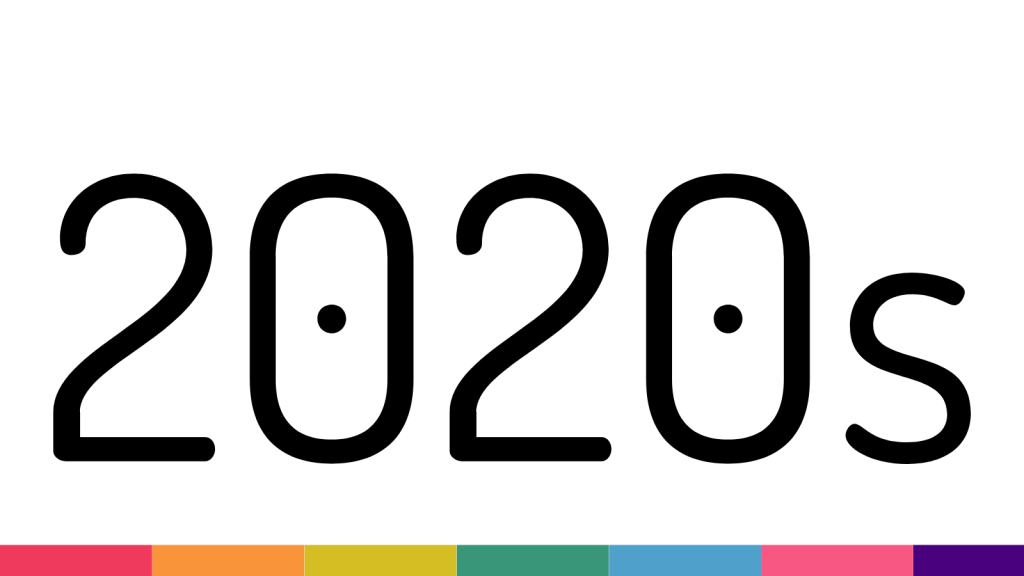
- As there have been further developments in the 21st Century and we are living through the 2020s, we now have more legal protection and rights, and I feel confident to openly be in a gay relationship at work and often in town. However, even with this progress, I find that the world is still most often seen through a heteronormative lens. Pride is also heavily represented by flags, sparkles and almost a fanfare that I don’t feel best reflects my genuine experiences in day-to-day life. As a lesbian, I recognise that the experience of other identities like transgender, non-binary, queer, intersex, asexual people and more are even further behind and viewed with confusion, disrespect, and very sadly, even revulsion.

- When I reflect on my life and personal history as part of the LGBTQIA+ community, I know that we have come a long, long way. Our history tells a profound story of change and progress. This is my experience as a White woman in the UK, but there is all sorts of change needed in other parts of our world and across the spectrum of intersectionality. There is plenty of room for improvement and we are far from done. Many people now seem to live vibrantly, proudly, with fierce presence and without shame. I want this to be recognised and celebrated whilst striving for more social change. I’d like to see a safer and more welcoming future for everyone alive today and for future generations to grow up into.
.
.
The Wellbeing Collective has an incredible online Equity, Diversity and Inclusion course. This e-learning teaches you about assumptions, perceptions, privilege and active allyship through lived experience and engaging activities. If you enjoyed reading Joan’s blog above, you will like this resource. Visit our website here to find out more information: https://www.thewellbeingcollective.co.uk/stride/.
#pride #pridemonth #june #lgbtqia #equity #diversity #inclusion #activeallyship #lgbtqia #wellbeing #socialchange #blog
